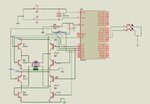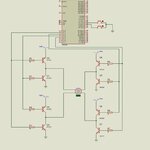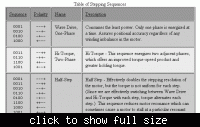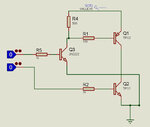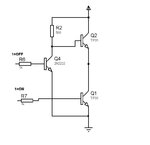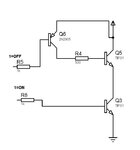shohaib1
Junior Member level 1
hi to all,
help required in driving Bipolar stepper using uC in Proteus only,
i am assigned to drive a bipolar stepper motor in proteus simulator,
after reviewing much literature, i got to the point of designing, but still no success, as motor is not turning, the logic is working right,(as it is tested in many ways) but motor is not turning.
i am using transistors 2n2222, as it is part of assignment. and 2 switches as input to select turning on one of the 2 sides.
Now, please review the attached image and guide me, What i m doing wrong??
waiting for replies, please reply..............
help required in driving Bipolar stepper using uC in Proteus only,
i am assigned to drive a bipolar stepper motor in proteus simulator,
after reviewing much literature, i got to the point of designing, but still no success, as motor is not turning, the logic is working right,(as it is tested in many ways) but motor is not turning.
i am using transistors 2n2222, as it is part of assignment. and 2 switches as input to select turning on one of the 2 sides.
Now, please review the attached image and guide me, What i m doing wrong??
waiting for replies, please reply..............
